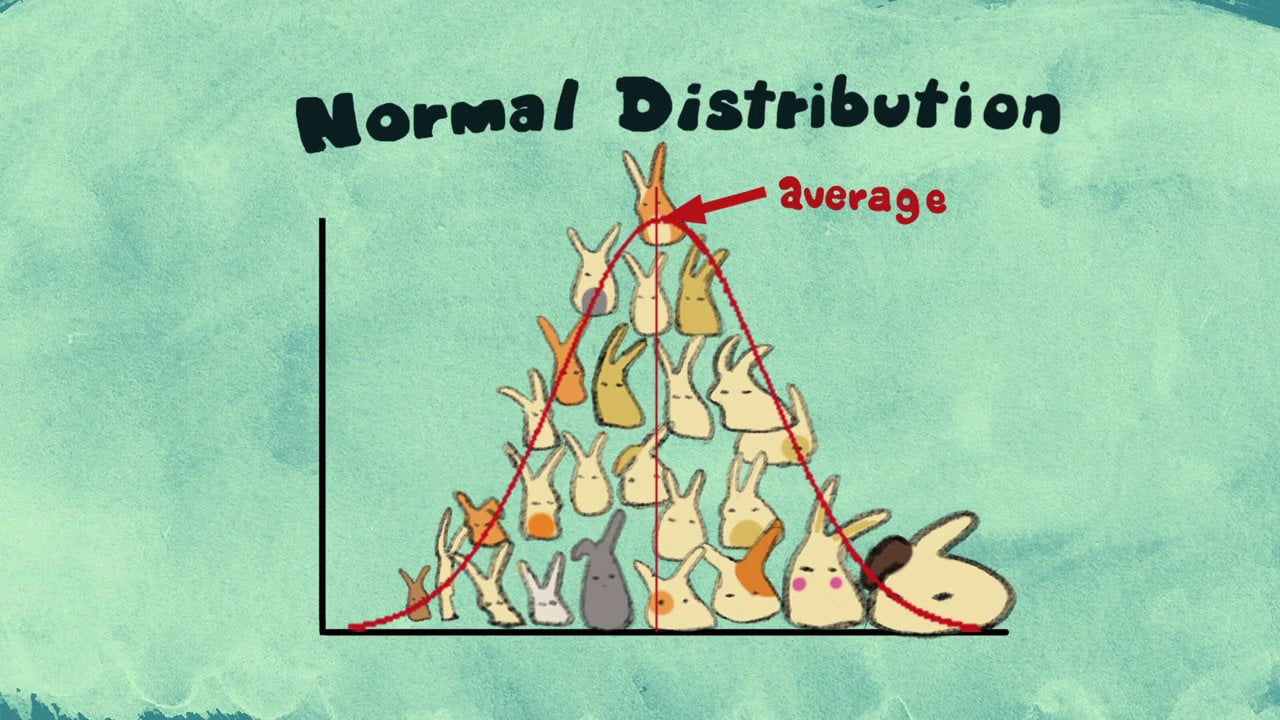The subchapter 2.5 of Bayesian Data Analysis Third Edition explains how to estimate a normal mean with known variance; particularly, the subchapter extends the development of a normal model with a single observation into the more realistic situation where a sample of independent and identically distributed observations $y = (y_1, \ldots, y_n)$ are available.

The posterior density of the normal model consists of a likelihood distribution, $\Pr(y \mid \theta)$, and a prior distribution, $\Pr(\theta)$. Specifically,
\[\begin{align} y_i \mid \theta &\sim \text{N}(\theta, \sigma^2) && \text{A normal distribution with mean = }\theta \text{ and variance = }\sigma^2\text{, for }i=1, \ldots, n \\ \theta &\sim \text{N}(\mu_0, \tau_0^2) && \text{A normal distribution with mean = }\mu_0 \text{ and variance = }\tau_0^2. \end{align}\]Proceeding formally, the posterior density is
\(\begin{align} \Pr(\theta \mid y) &\propto \Pr(\theta) \Pr(y \mid \theta) && \text{posterior definition} \tag{1}\label{eq:definition}\\ &= \Pr(\theta) \prod_{i=1}^{n} \Pr(y_i \mid \theta) && \text{i.i.d observations} \tag{2}\label{eq:iid} \\ &\propto \exp \left( -\frac{1}{2 \tau_0^2} (\theta - \mu_0)^2 \right) \prod_{i=1}^n \exp \left( - \frac{1}{2 \sigma^2} (y_i - \theta)^2 \right) && \text{normal distributions} \tag{3}\label{eq:exposition-normal} \\ &= \exp \left( -\frac{1}{2} \left( \frac{1}{\tau_0^2} (\theta - \mu_0)^2 + \frac{1}{\sigma^2} \sum_{i=1}^{n} (y_i - \theta)^2 \right) \right) && \text{sum all terms} \tag{4}\label{eq:sum-all-terms} \\ &= \exp \left( -\frac{1}{2} \left( \frac{1}{\tau_0^2} \theta^2 - \frac{2 \theta \mu_0}{\tau_0^2} + \frac{\mu_0^2}{\tau_0^2} + \frac{1}{\sigma^2} \sum_{i=1}^n (y_i^2 - 2 \theta y_i + \theta^2) \right) \right) && \text{expand all squares} \tag{5}\label{eq:expand-all} \\ &= \exp \left( -\frac{1}{2} \left( \frac{1}{\tau_0^2} \theta^2 - \frac{2 \theta \mu_0}{\tau_0^2} + \frac{\mu_0^2}{\tau_0^2} + \frac{\sum_{i=1}^n y_i^2}{\sigma^2} - \frac{2 \theta \sum_{i=1}^n y_i}{\sigma^2} + \frac{n \theta^2}{\sigma^2} \right) \right) && \text{expand the last term} \tag{6}\label{eq:expand-again} \\ &= \exp \left( -\frac{1}{2} \left( \frac{\theta^2}{\tau_0^2} + \frac{n \theta^2}{\sigma^2} - 2 \theta \left( \frac{\mu_0}{\tau_0^2} + \frac{\sum_{i=1}^n y_i}{\sigma^2} \right) + \frac{\mu_0^2}{\tau_0^2} + \frac{\sum_{i=1}^n y_i^2}{\sigma^2} \right) \right) && \text{group all }\theta s \text{ & } \theta^2 s \tag{7}\label{eq:collect-all} \\ &= \exp \left( -\frac{1}{2} \left( \theta^2 \left( \frac{1}{\tau_0^2} + \frac{n}{\sigma^2} \right) - 2 \theta \left( \frac{\mu_0}{\tau_0^2} + \frac{\sum_{i=1}^n y_i}{\sigma^2} \right) + \frac{\mu_0^2}{\tau_0^2} + \frac{\sum_{i=1}^n y_i^2}{\sigma^2} \right) \times \frac{\frac{1}{\frac{1}{\tau_0^2} + \frac{n}{\sigma^2}}}{\frac{1}{\frac{1}{\tau_0^2} + \frac{n}{\sigma^2}}} \right) && \text{use a trick} \tag{8}\label{eq:multiply-by} \\ &= \exp \left( - \frac{1}{2} \frac{ \left( \theta^2 - 2 \theta \frac{ \frac{\mu_0}{\tau_0^2} + \frac{\sum y_i}{\sigma^2}}{ \frac{1}{\tau_0^2} + \frac{n}{\sigma^2}} + \frac{\frac{\mu_0^2}{\tau_0^2}}{\frac{1}{\tau_0^2} + \frac{n}{\sigma^2}} + \frac{\frac{\sum y_i^2}{\sigma^2}}{\frac{1}{\tau_0^2} + \frac{n}{\sigma^2}} \right) }{\frac{1}{\frac{1}{\tau_0^2} + \frac{n}{\sigma^2}}} \right) \tag{9}\label{eq:atas-bawah} \\ &= \exp \left( - \frac{1}{2} \frac{\left( \theta - \frac{\frac{\mu_0}{\tau_0^2} + \frac{\sum y_i}{\sigma^2} }{ \frac{1}{\tau_0^2} + \frac{n}{\sigma^2} } \right)^2 + C}{\frac{1}{\frac{1}{\tau_0^2} + \frac{n}{\sigma^2}}} \right) && \text{with }C \text{ is a constant} \tag{10}\label{eq:a-constant} \\ &\propto \exp \left( -\frac{1}{2} \frac{(\theta - \mu_n)^2}{\tau_n^2} \right) \tag{10}\label{eq:almost} \\ &\propto \text{N}(\mu_n, \tau_n^2) && \text{a normal distribution} \tag{11}\label{eq:finally} \end{align}\) with
\(\begin{align} \mu_n &= \frac{\frac{\mu_0}{\tau_0^2} + \frac{\sum_{i=1}^n y_i}{\sigma^2}}{\frac{1}{\tau_0^2} + \frac{n}{\sigma^2} } \tag{12}\label{eq:mu-n} \\ &= \frac{\frac{\mu_0}{\tau_0^2} + \frac{n \bar{y}}{\sigma^2}}{\frac{1}{\tau_0^2} + \frac{n}{\sigma^2} } && \text{because }\bar{y} = \frac{\sum_{i=1}^n y_i}{n} \tag{13}\label{eq:mu-n-2} \end{align}\) and
\[\begin{equation} \frac{1}{\tau_n^2} = \frac{1}{\tau_0^2} + \frac{n}{\sigma^2}. \tag{14}\label{eq:sigma-n} \end{equation}\]At last, we have shown that the posterior distribution of the normal model is also a normal distribution as it is explained by Equation (2.11) and (2.12) on page 42 of the book.
